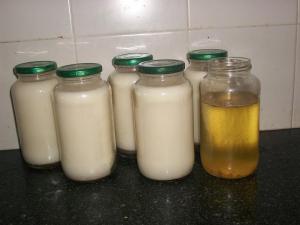On Wednesday evening, my daughter gave birth to a baby boy!
I told my neighbor yesterday, and she looked confused. “I know…you went to Jerusalem for the bris.” No, that was two and a half weeks ago – this is a different daughter!
Who knew when our two daughters got married twelve days apart, that they would later have baby girls 2.5 months apart, and then baby boys 2.5 weeks away?! It’s so special.
Thank G-d, this is our fourth grandson in the last 12.5 months, making for, as my sister said, “A bumper crop of boys!”
This was my daughter’s third birth, but first homebirth. It was so nice to see her an hour later in her own space, looking relaxed and happy. As she said, a homebirth is a completely different experience than a hospital birth.
Now they’re here with us for a few days, and I’m tapping away at the keyboard with this tiny cutie pie on my lap.

————————————–
After dashing out to meet my new grandson, I came directly back home where several women had already arrived for the canning workshop that I was giving that evening. I offered a canning workshop for women in our community several weeks ago, and then did this second one for women who couldn’t make it to the first one.
What I covered was waterbath canning, something that can be done very inexpensively with supplies that are probably already in your home or inexpensively purchased. Canning is a good strategy to make the most of great produce sales, to extend the seasonality of your fruits and vegetables so you can enjoy the when they are no longer in season.
Waterbath canning is good for high acid foods only – that means fruits, fruit juices and pickled items. So while it’s limited, it’s still a great skill to acquire for your frugality and self-sufficiency toolbox.
It took me some time to figure out how to can things here since the jars and lids are different from the US, where most of my canning experience was. I did a bit of canning when I first moved to Israel using recycled jars, then stopped until this summer. What changed things for me was finding where to buy jars very affordably, and how use them. It was a drive to get to the seller but worth it, since just a day after I bought them, someone in my community who does holiday food distribution called to tell me they had given out all the parcels and were left with some produce. Did I want any? Perfect timing!
It’s been fun to get back into canning! There’s a limit to how much fresh fruit you’re going to get, even if it’s free, because there’s a limit to how much you want to eat, and there’s a limit to how long it will stay in your fridge before it goes off. In this case, I got a case each of apples and pears, and with the help of my new jars and large stock pot, preserved them so they are now shelf stable.
————————–
When I went to Jerusalem for the bris a couple of weeks ago, my son-in-law asked me if I wanted zucchini. He knows the quantities of food we go through, and he also knows that I find ways to use whatever comes my way! (Frugality tip – when something is offered and it seems like something that will be helpful, accept it even if you aren’t yet sure what to do with it! You can pass it along to others if you don’t use it.)
At his yeshiva, many families participate in a vegetable buying order; every week each family gets an identical box of assorted produce. They pick up their orders at a central location, and when someone doesn’t want an item that was in their box, they put it to the side. Anyone who comes to pickup his box can add to the extra produce put to the side or take it. On the Friday that we were there, there was a lot of zucchini, and my son-in-law brought me a case and a half!
What to do with so much zucchini? I could have chopped them and frozen them, but am trying to get away from using my freezer so heavily. I don’t like to depend exclusively on something that is dependent on electricity. (I remember well being without power for a week in Baltimore when a storm came through, and trying to cook all the chicken in the freezer before it spoiled, as the daylight faded and I had just a candle for light.) I decided dehydrating the zucchini in the oven would be my best option, but all three batches failed – one spoiled (not hot enough), and two got overdone when the heat was too high. Our chickens enjoyed them, at least.
Since it was clear dehydrating wasn’t working in this case, I thought about what to do with the remaining zucchini. I could can them, but as a low-acid food my only choice was pickling them, and that didn’t sound appealing.
When I began canning in 2008, I made lots of the recipes in the canning books. They looked good and filled the jars, but they weren’t foods that we ate. I learned my lesson – now I won’t can something unless it’s something I know I’ll use.
I started cruising for zucchini inspiration and came across a comment about mock pineapple that got my mental wheels turning – I started thinking about zucchini as a potential palette to absorb other flavors. With some more looking, I found recipes for apple pie and lemon pie filling made from zucchini, as well as pineapple zucchini. It sounds strange, I know. I think of it like tofu. It doesn’t taste like much on it’s own but it can turn into whatever you want.
I made the mock pineapple, and when one of the jars didn’t seal when processing, we put it in the fridge and had some the next day. My boys told me it actually tasted like pineapple and was really good!
———————————
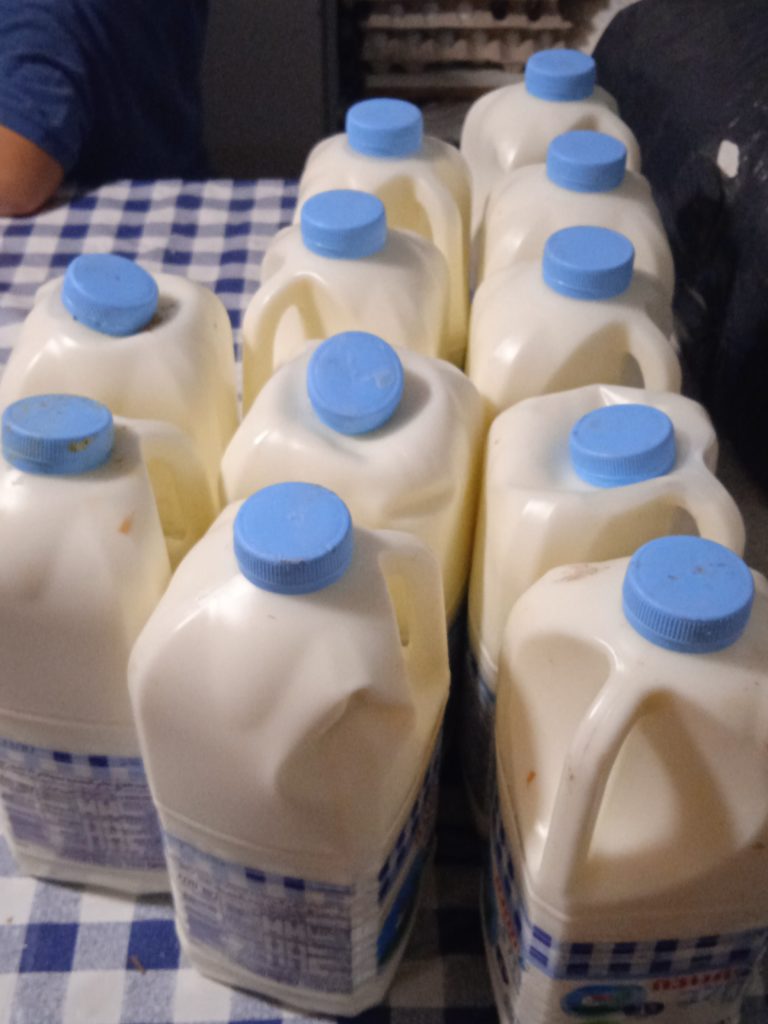
The mock pineapple was especially yummy with homemade yogurt, made by ds14. We got a call a couple of nights ago (from my other son-in-law) that a large synagogue was giving away tons of milk that was due to expire a day later. We got a bunch and while I was out at choir practice, ds14 was busy making loads of yogurt. Literally – he made an 18 liter bucket full! (You can see it behind him in the picture below.)

Then over the next couple of days, he and ds12 experimented with making soft cheeses, adding flavorings, straining them, weighting them down. They are using only lemon juice and vinegar for a curdling element, no rennet. My favorite so far was made by ds12, with milk, salt, eggs and yogurt. It takes a lot of milk to make cheese, and it’s fun to experiment when all the milk is free! My boys appreciated the opportunity since they’ve been wanting to experiment with cheese making for quite a while. (A while back ds14 did some cheesemaking, but that ended when the budget I allotted was spent.)
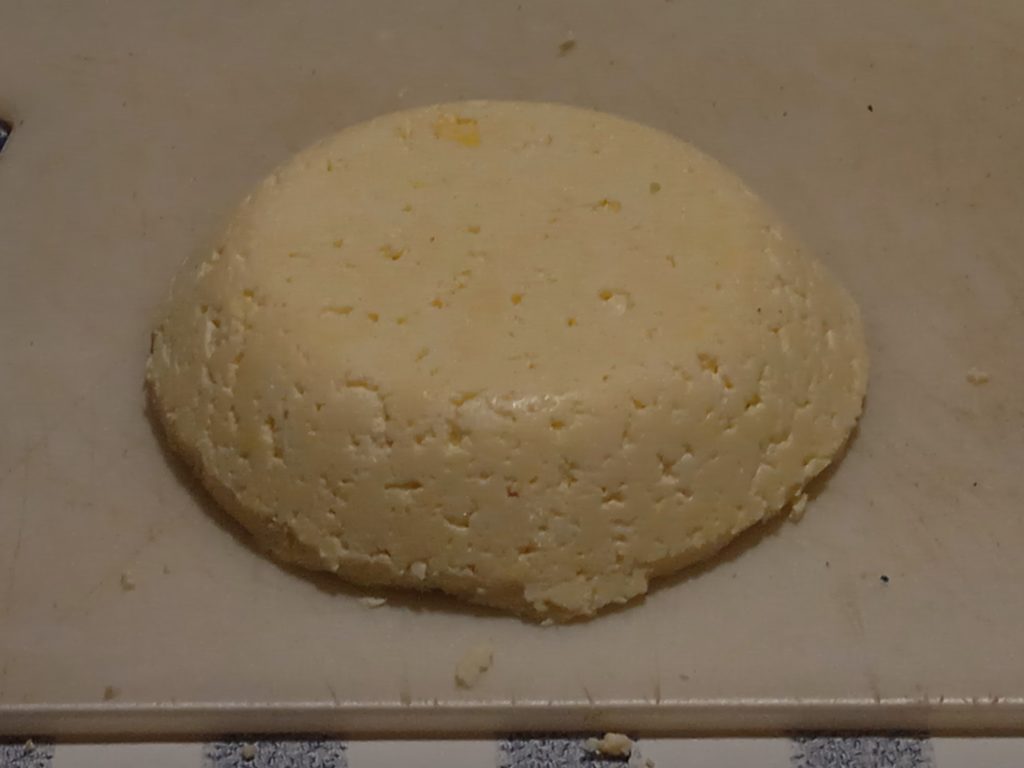
The shalom zachor will be at our home tonight, and today will be a busy day getting ready for that as well as Shabbos. Dd21 and ds15 came home last night so they can be here for the shalom zachor (they were initially planning to only next week for the Thursday bris and then stay for Shabbos), and since my birthday is tomorrow I appreciate them being here even more!
Avivah
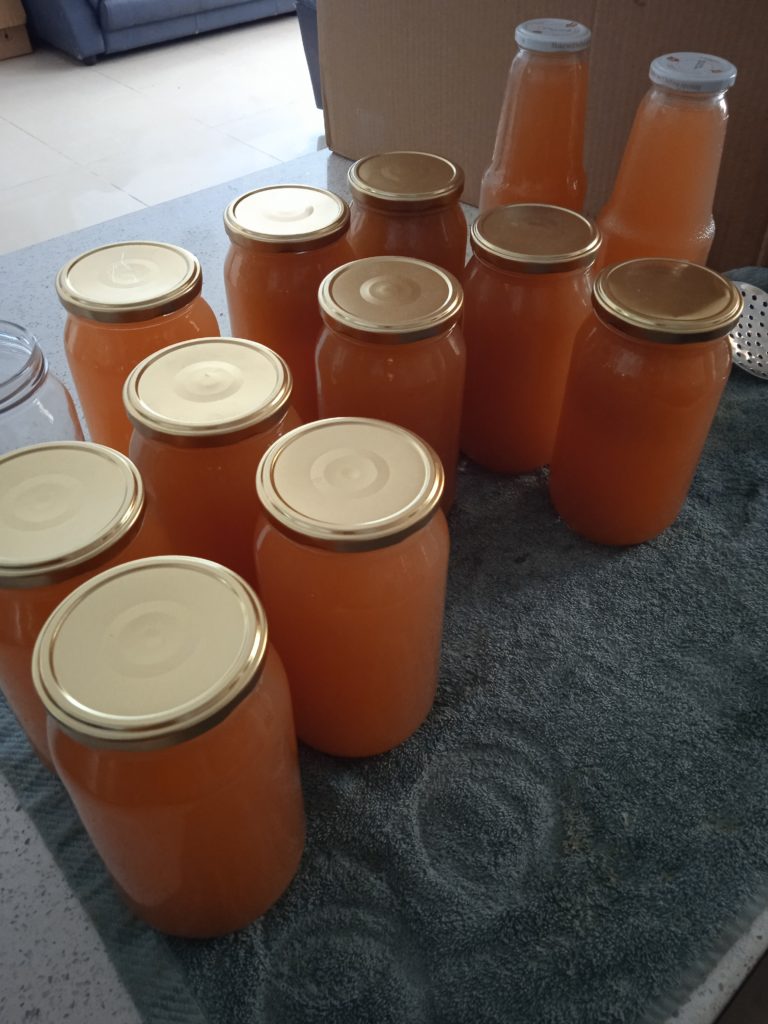
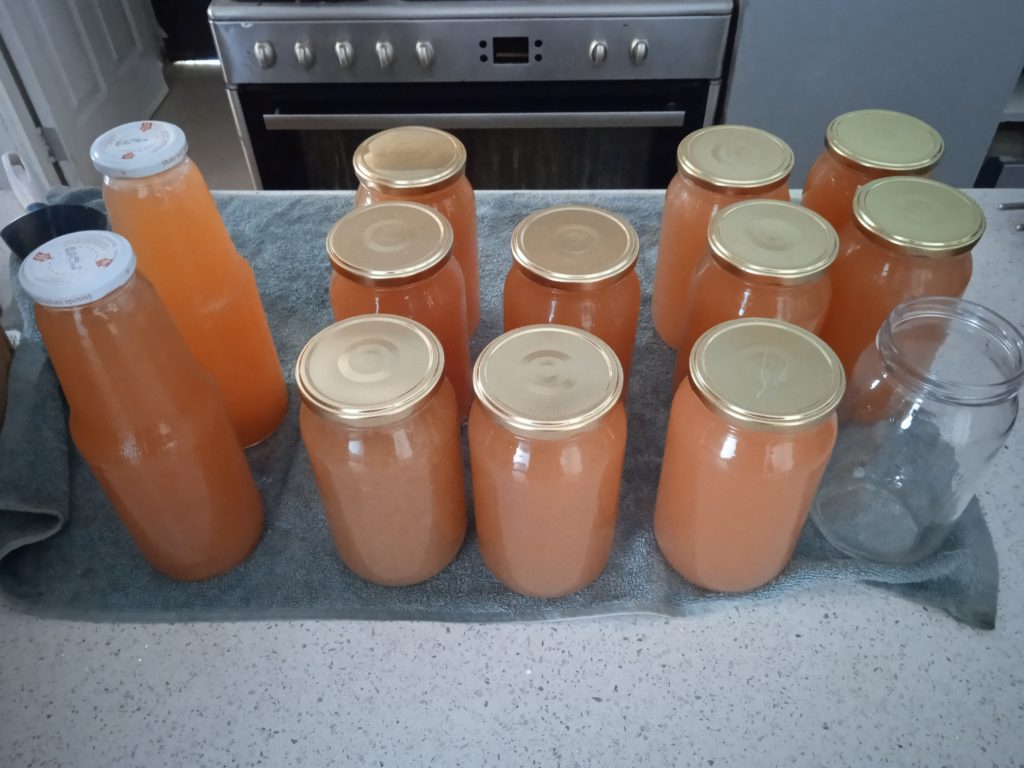
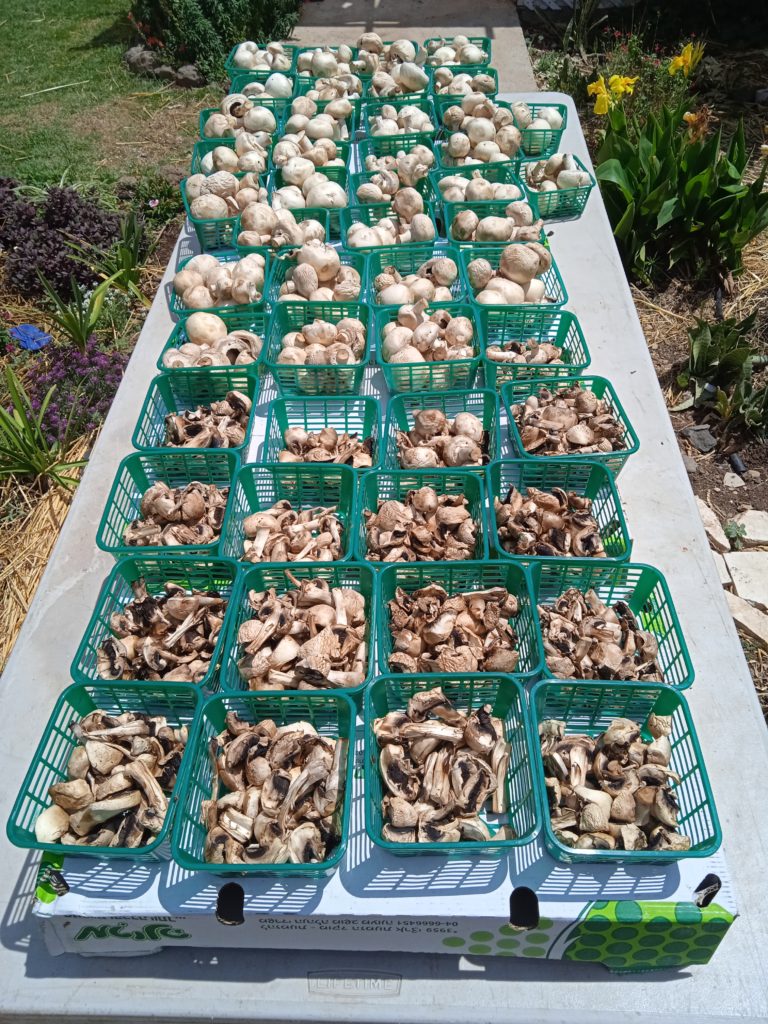
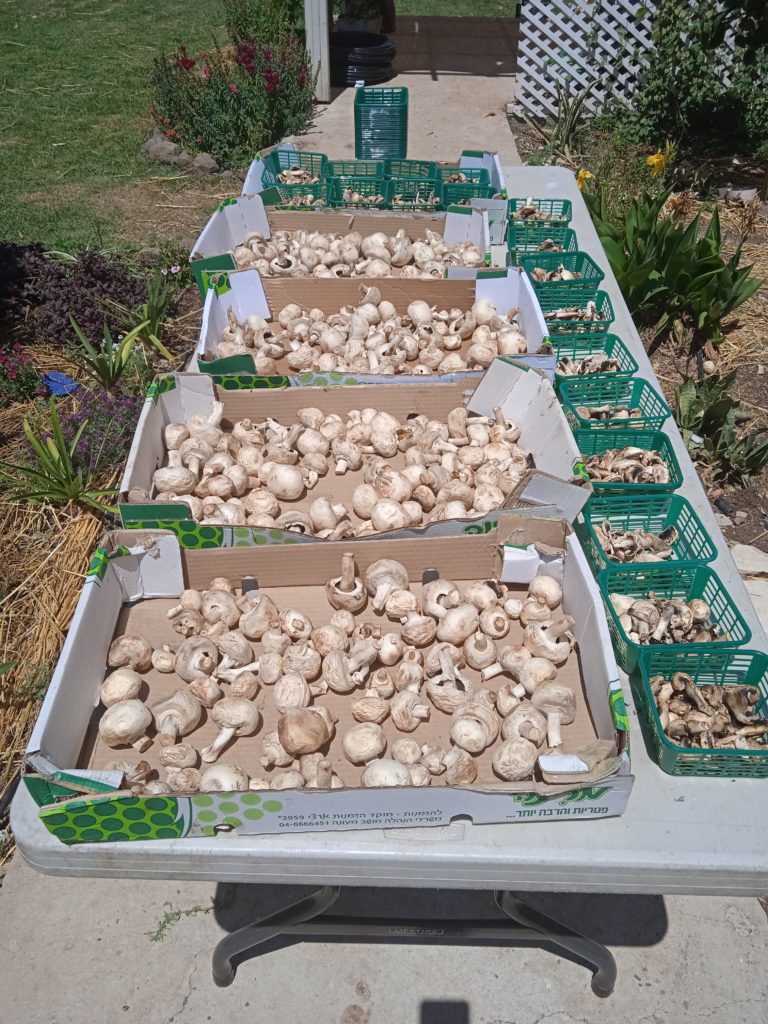

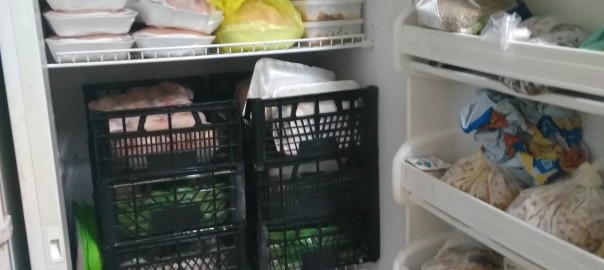
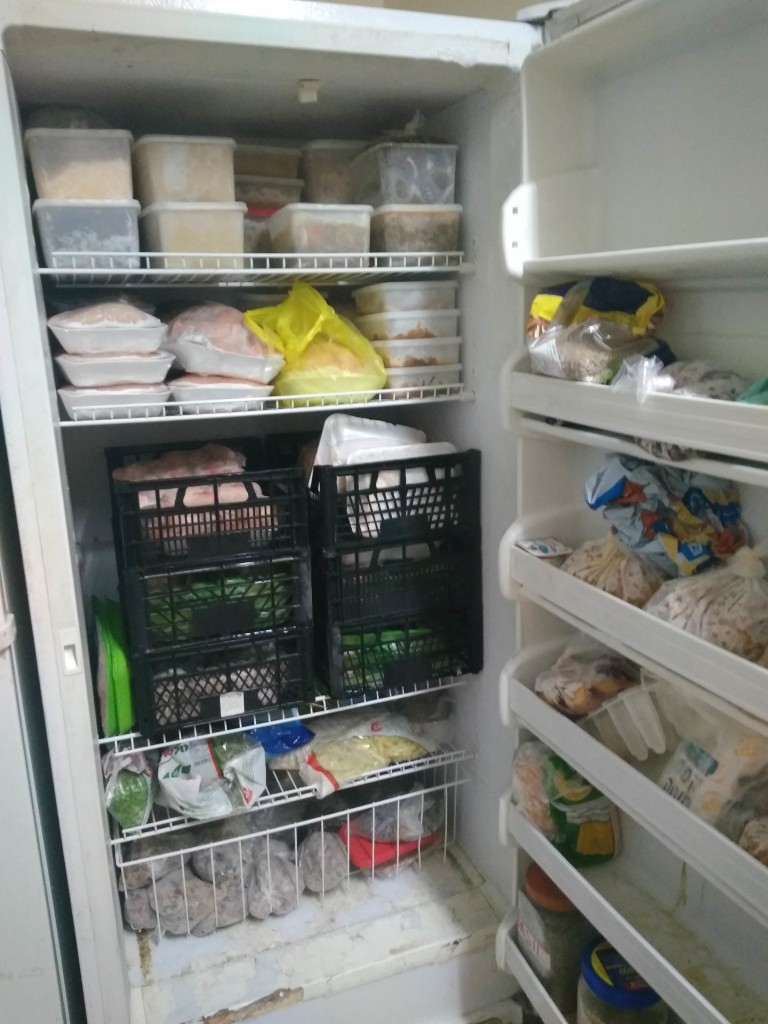
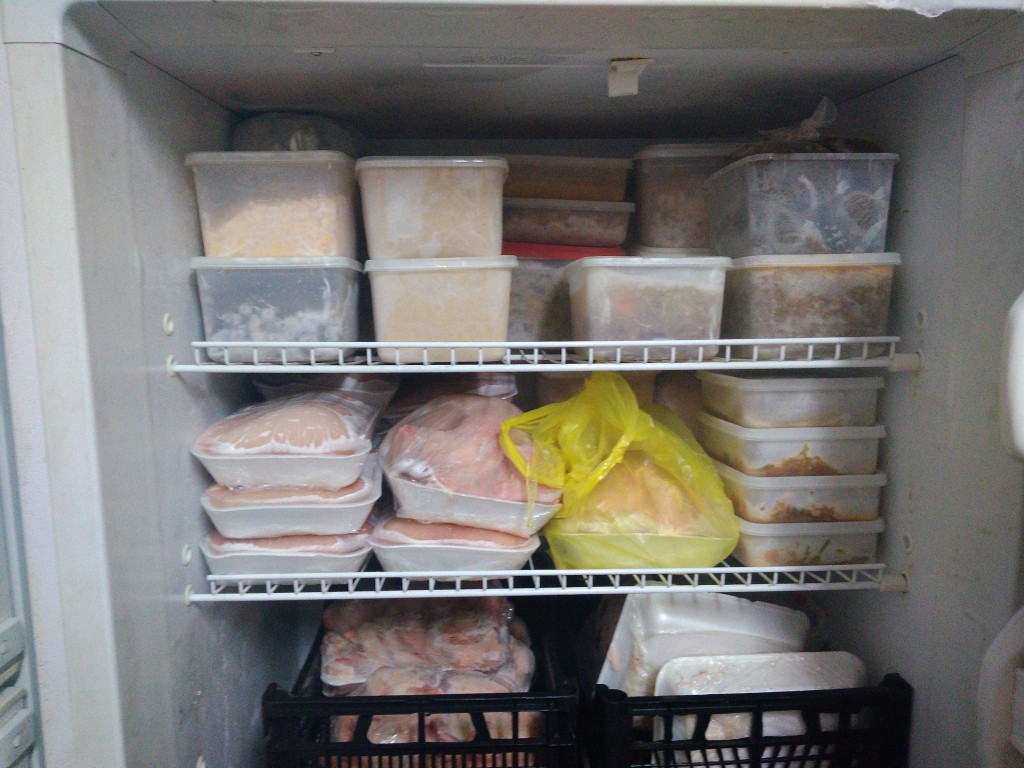

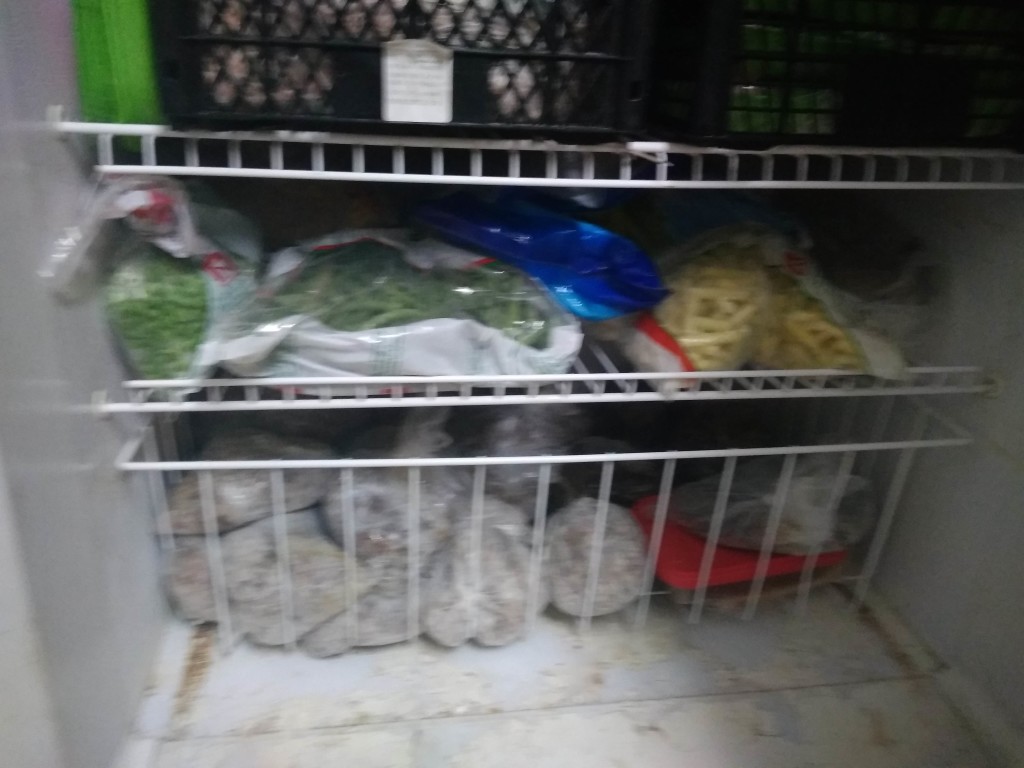
![rocketrange[1]](http://avivahwerner.com/wp-content/uploads/2014/07/rocketrange1-300x300.jpg)

